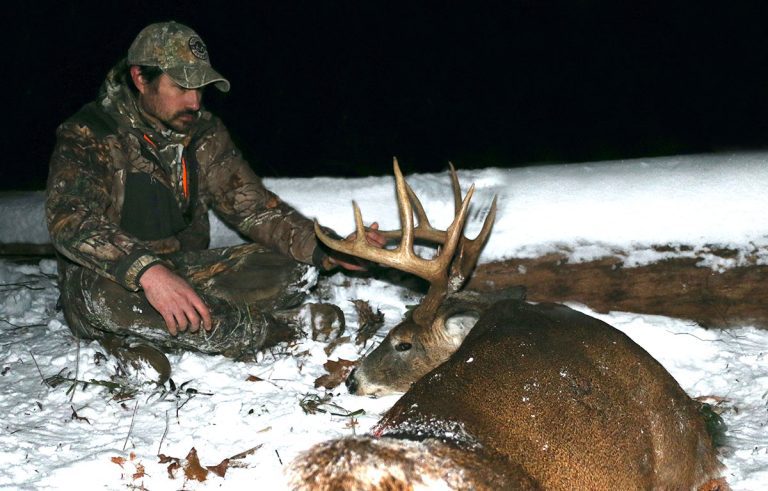Photo credits: Honeycutt Creative LLC
From novice to expert-level info, check out these tips that are sure to help bowhunters improve at their craft.
Bowhunting isn’t easy. As with any skill, it takes time to learn and develop this craft. Fortunately, there are certain tips and tricks that bowhunter new and old can implement to hone their abilities and improve success. Here are 25 of those bowhunting tips that whitetail hunters need.
1. Take a hunter’s education course.
Start by taking a hunter’s education course. This is required by states, and even educates prospective hunters on key safety, tactical, and even legal knowledge needed before heading into the deer woods.
2. Use the right bow.
Bows are not one-size-fits-all. Bows must be fitted to the hunter and using the wrong one can be detrimental to their safety, and their hunting. Go to an archery shop and get properly fitted to the right bow.
3. Get comfortable with archery equipment.
Once in-hand, it’s very important to get comfortable with archery equipment. Shoot each day to familiarize with it. But don’t shoot too much. Practicing while fatigued will produce bad shooting form, which leads to poor archery habits.
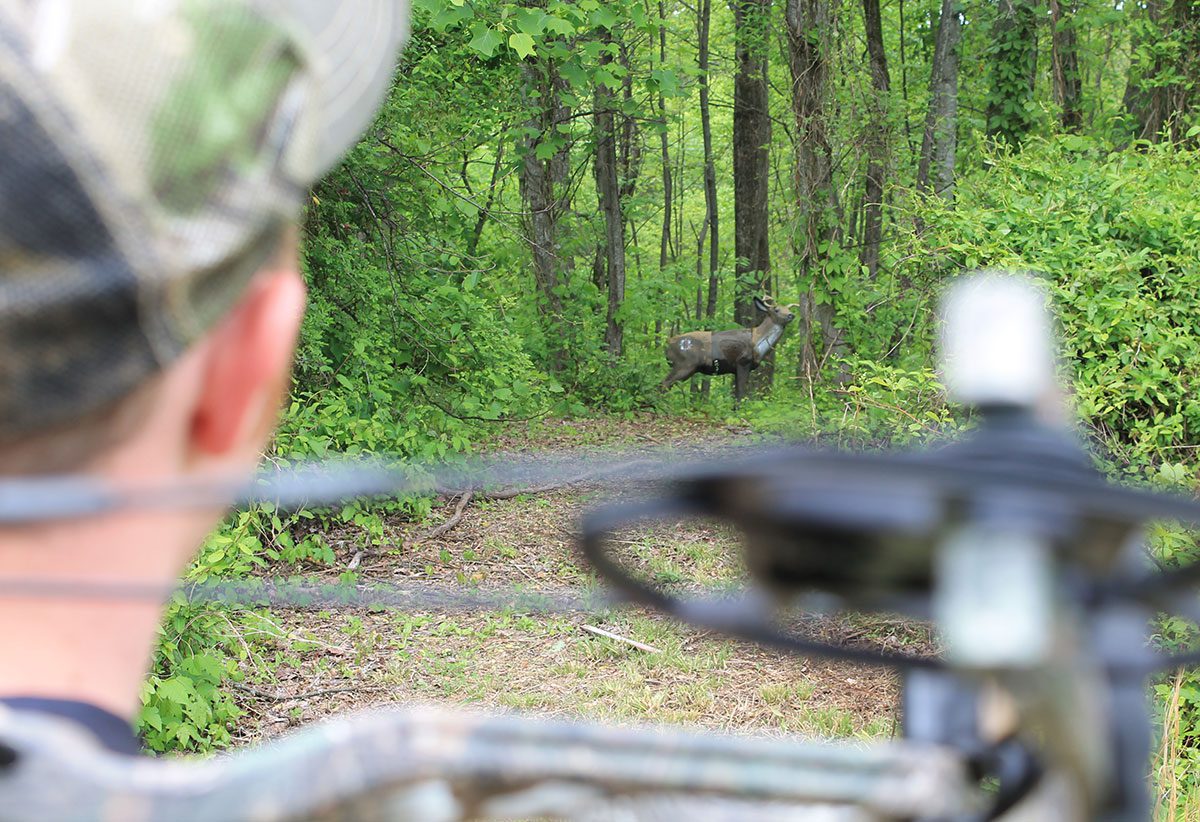
4. Shoot with the dominant eye rather than the dominant hand.
Decide to shoot left- or right-handed based on eyes, and not hands. Those who shoot with their dominant eye will do better, even if they have to learn to shoot with their non-dominant hand.
5. Don’t pull more weight than can be pulled without raising the bow up in the air.
Pulling too much weight can hurt the shooter. Plus, they might not be able to pull said weight with a deer in front of them. Add cold temps and layers of clothing and it gets even more difficult.
6. Take the necessary gear.
Bowhunters should always take the necessary gear afield. Place each item in a designated place or pocket. This way, they’ll know where something is in that moment they need it. And sometimes, they need it quickly.
7. Use a good treestand or saddle.
Bowhunters are more effective from an elevated position. This makes a treestand or tree saddle a very important part of a bowhunter’s arsenal. Those who hunt from elevated positions experience more success.
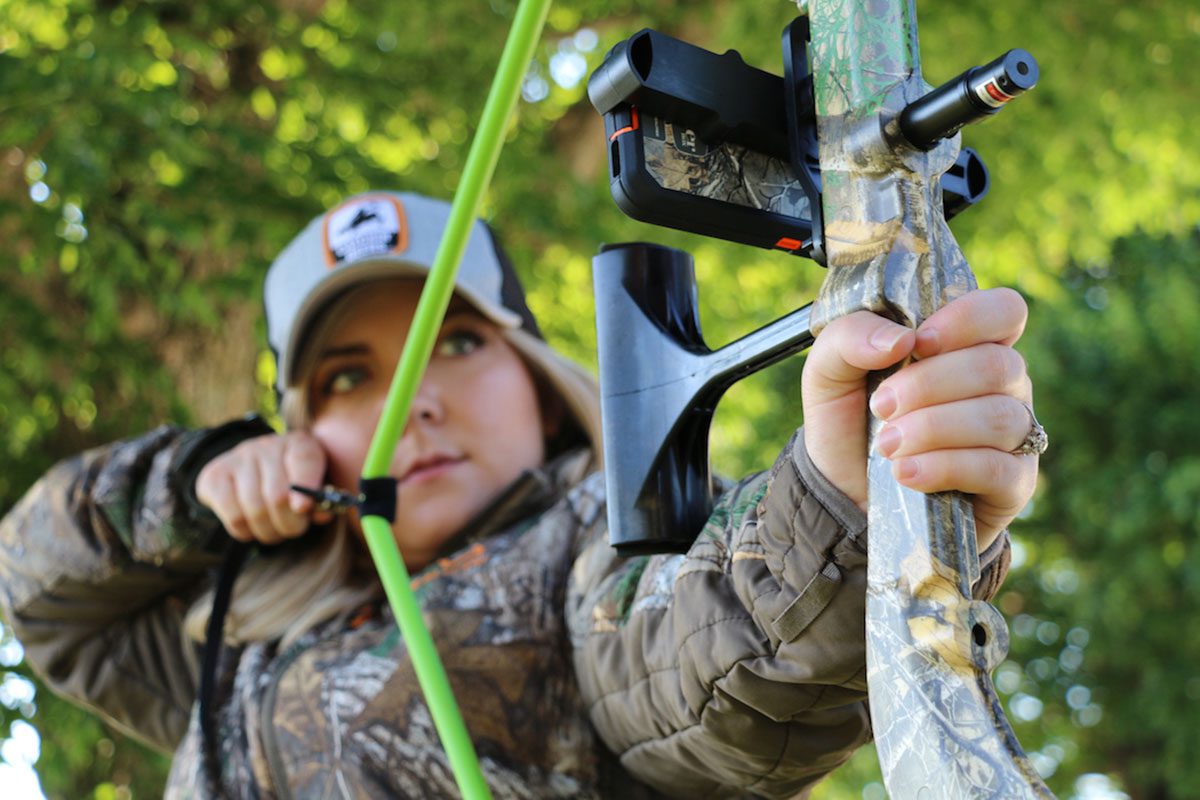
8. Use a safety harness and lifeline system.
Hunters who plan to hunt from an elevated position must have a safety harness and lifeline system. When hanging a treestand, it’s crucial to use a safety harness and lineman’s belt.
9. Understand whitetail anatomy.
To be an ethical bowhunter, one must know whitetail anatomy. Simply “aiming behind the shoulder” isn’t enough. Learn the intricacies of how the vitals are distributed. Understanding this will make quartering-to and quartering-away shots more lethal.
10. Find well-used bedding areas.
Deer spend most of the daylight hours bedded down. They move most at dawn and dusk. But if hunters aren’t hunting close enough to bedding areas, they won’t see them during daylight hours. Find the bedding areas.
11. Pinpoint the most popular food sources.
Deer live by their bellies. Knowing where the key food sources are located is another important step. Find the good grub.
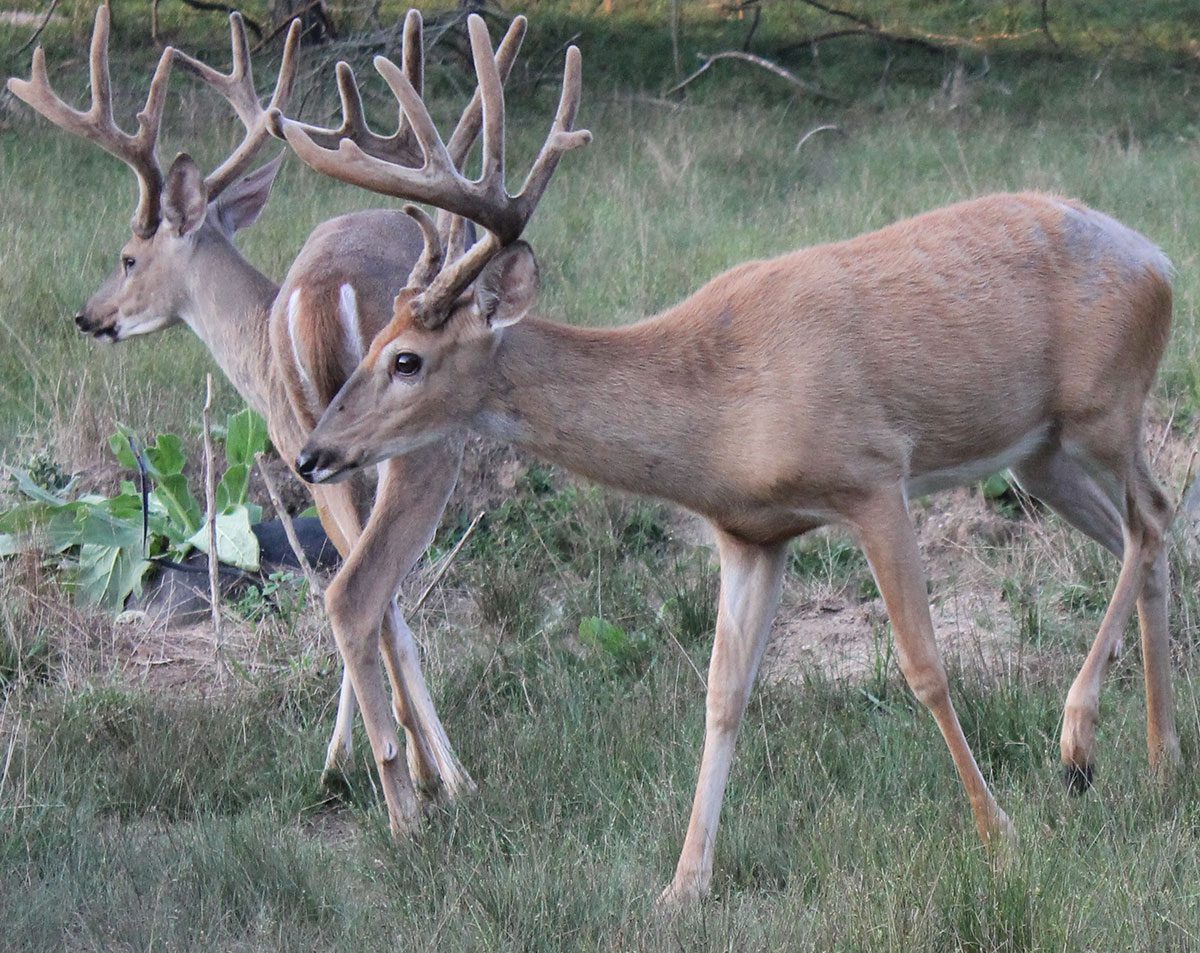
12. Scout more often than going hunting.
Bowhunters have to get close to deer, and to do that, they must completely understand how deer use the property. This requires scouting more than they hunt.
| FUNNY THINGS THAT DEER HUNTERS DO |
Deer hunters are always doing various things that might seem odd, but that serve important purposes. Some of those things are quite funny, including:
|
13. Run trail cameras wisely.
Trail cameras are very powerful tools available to bowhunters. But if used improperly, they can do more harm than good. Never invade bedding areas or other sensitive locations with cameras. And never check cameras too frequently.
14. Locate a target buck.
Finding a target buck is the first step in killing a big deer. Put in the effort to find a deer that gets that blood boiling.
15. Learn how to be stealthy.
Being stealthy isn’t easy. Learning to keep deer from seeing, hearing, and smelling an intruder is a long journey, and one that’s never completed. Even so, implement tips and tactics that keep deer from realizing a hunter is present.
16. Keep an eye on the wind.
A deer’s No. 1 line of defense is its nose. This makes monitoring the wind very important. Try to take access routes, and set up in stand locations, that are compatible with wind direction and expected deer travel.
17. Hunt the right terrain and property types.
Some terrain and property layouts are more conducive to bowhunting. For example, hunting large tracts of flat ag ground, or even flat, unchanging timberland, poses a big challenge. Instead, it’s better to hunt properties with funnels, pinch-points, inside field corners, and other bowhunting-friendly locations.
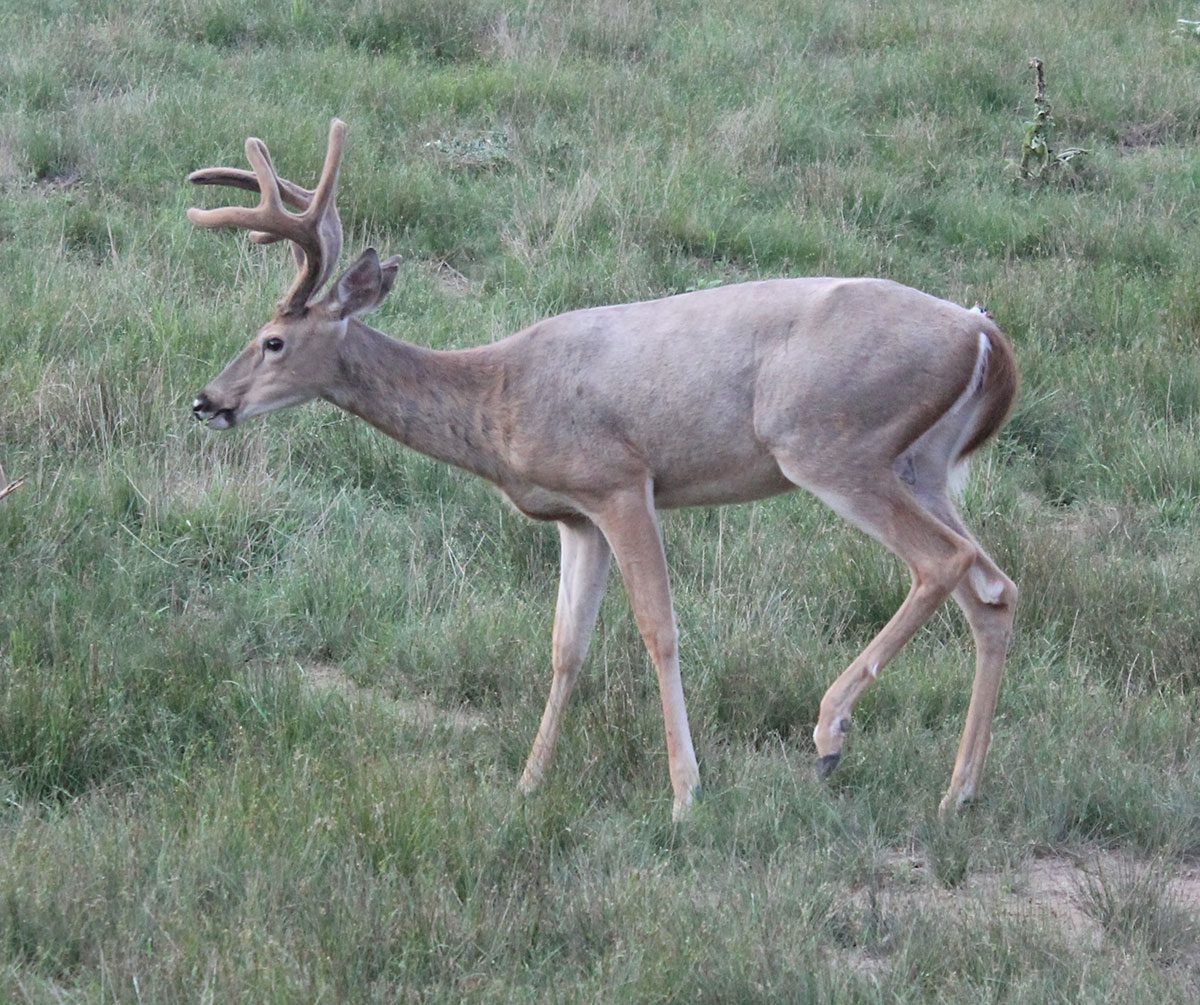
18. Focus on bed-to-feed lines of movement.
It’s difficult to kill a deer without being on its bed-to-feed line of movement. This requires knowing where they sleep, where they eat, and the exact trails they take between the two. Then, it means finding a spot to intercept between these spots.
| GEAR ALL BOWHUNTERS SHOULD GET |
All bowhunters need certain gear that’s vital. Others aren’t as important, but still aid in the process. The gear below are the most important elements of gear bowhunters should get.
|
19. Hunt a just-off wind.
Hunting a just-off wind means hunting with the wind largely in the buck’s favor. Meaning that the wind is sort of blowing from the hunter toward the approaching deer. This gives that buck a false sense of security as it moves during daylight. That said, it’s off just enough that the buck doesn’t smell the hunter. Of course, this is a risky tactic, and one must be sure of the exact trail the deer is taking, where their scent is blowing, and that the two don’t cross paths.
20. Don’t overhunt favorite stand locations.
Hunting a spot too much can lead to stand burnout. Therefore, it’s important to hunt those best stand locations when the conditions are ideal. This increases the odds of success.
21. Pay attention to real-time info.
Deer are on everchanging patterns. Staying on top of the most recent intel is an important part of bowhunting. This info can come from trail camera photos/videos or in-the-field sightings.
22. Listen to your gut.
Oftentimes, if someone really thinks something is true, it just might be. That includes gut feelings. In some instances, listening to those intuitions can be the difference between success and failure.
23. Once a deer walks into range, take the first good, ethical shot opportunity.
Never wait for the perfect shot. These rarely come. However, it is good to wait for an ethical shot opportunity and take the first good opportunity that presents itself.
24. Don’t get discouraged.
Bowhunting is full of ups and downs. Failures are inevitable. Don’t get discouraged. Instead, stay positive, and keep trying.
25. Have multiple plans.
Having one plan rarely works out. It’s crucial to have multiple plans. That way, when one fails, it’s onto the next one. And onto the next one. And again, onto the next one. Eventually, one of those plans should work out.
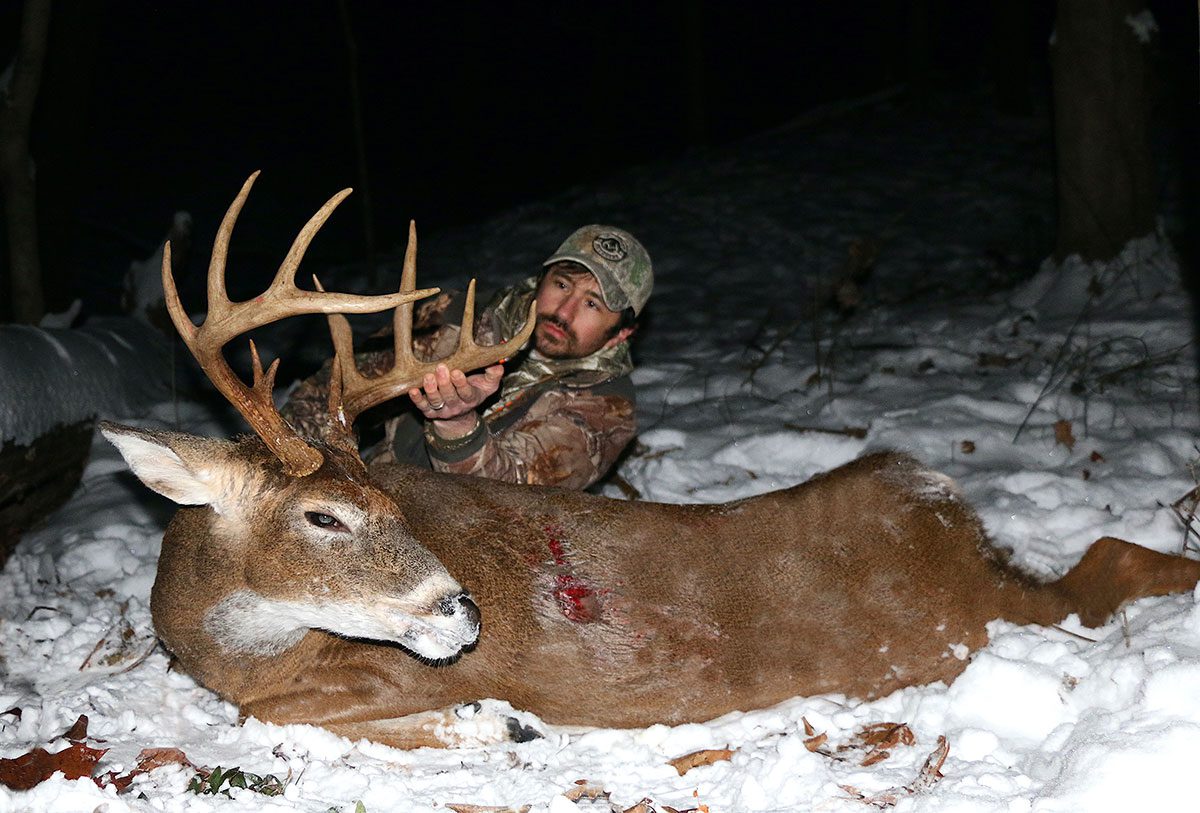
Per our affiliate disclosure, we may earn revenue from the products available on this page. To learn more about how we test gear, click here.





